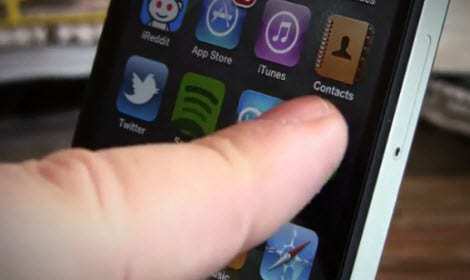In 2013 alone, the study forecasts mcommerce revenue of $300 million from AR.
A new report has been released to reveal the findings of a study about the use of augmented reality from now through 2017.
What it revealed was that the technology is rapidly on the rise and that it has a great deal of potential.
It predicted that by the year 2017, there will have been around 2.5 billion annual downloads of augmented reality applications on smartphones and tablets. Moreover, it also forecasted that it will generate revenue of approximately $300 million in 2013 alone.
Retailers and other businesses are excited about using augmented reality technology in their mobile marketing.
The report was entitled “Mobile Augmented Reality: Entertainment, LBS & Retail Strategies 2012-2017”. It stated that among the downloads that will take place onto mobile devices, the majority will be in games. That said, the largest revenue share should come through the traditional payment model of pay-per-download.
The study results showed that the amount of spending on augmented reality ads has already undergone a significant increase in 2012, and that trend is expected to continue through next year, as well.
The mobile commerce news report indicated that many retailers are viewing augmented reality as a top technique for boosting consumer engagement, and to encourage them to obtain additional information about products and services through the use of branded activities and virtual games.
Additional growth avenues will also begin appearing in the augmented reality sphere, said the report, as it is deployed in brand new technologies, such as the prototypes of wearable devices. One large instance of this is in the Google Glass prototype product.
The growth of the technology won’t be without its hurdles. Primary among them may be the lack of consumer awareness, which is currently a barrier for its use. Moreover, there are some technological limitations, as smartphones and tablets with certain features are required in order to be capable of using augmented reality technology. As these barriers begin to shrink, it is up to the technology to live up to consumer expectation if it is to truly take off.

